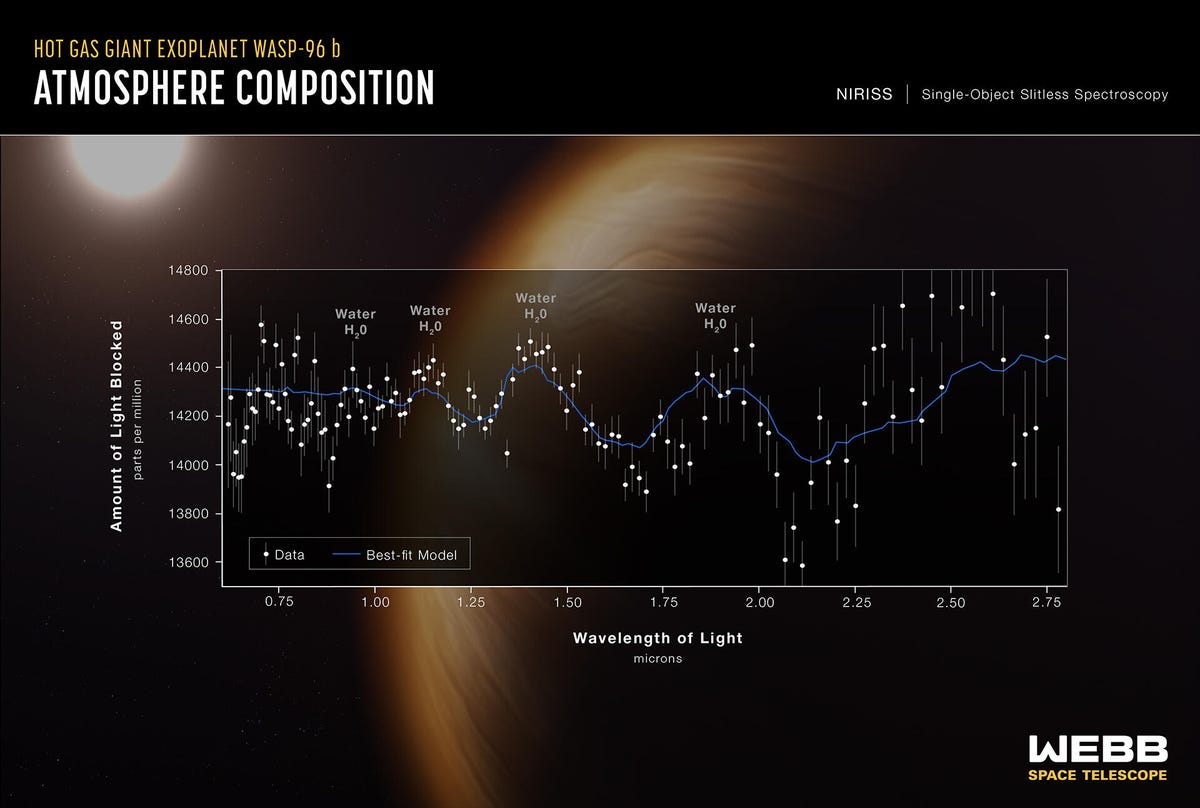The work of NASA’s Transiting Exoplanet Research Satellite is simply surreal. Imagine traveling a thousand years back in time, then explaining to someone how future scientists will have a machine that detects alien worlds floating at distances beyond human comprehension.
This is TESS.
As of 2018, this space instrument has literally discovered thousands of exoplanets. We’ve got our eyes on one shaped like a rugby ball, another that looks like it’s covered in oceans of lava, and even an orb that rains glassy rain — sideways.
On Wednesday, international scientists announced that one such alien realm, diligently pursued by TESS, may be covered in a blanket of the elixir of life: water.
I’m not sure about you, but I’m getting flashbacks to that scene in Interstellar where Cooper lands on a world with waves the size of skyscrapers.
This possible “ocean world,” according to the team’s research, published this month in The Astronomical Journal, lives about 100 light-years from Earth, orbiting in a binary star system nestled in the constellation Draco. Named TOI-1452 b, it is suspected to be about 70% larger than our planet, to be roughly five times more massive, to rotate at the rate of seven Earth days, and to have a temperature neither too hot nor too cold for liquid water to exist on its surface.

An image of a rocky exoplanet that TESS has discovered in the past. It may be covered in oceans of lava – and even have lava rain.
NASA
But most importantly, its density seems consistent with the presence of an incredibly deep ocean—either that, or it’s a huge rock with little or no atmosphere, or potentially an atmosphere made of hydrogen and helium, according to NASA.
“TOI-1452 b is one of the best candidates for an ocean planet we’ve found so far,” Charles Cadier, the study’s lead author, a postdoctoral fellow at the University of Montreal and a member of the university’s Institute for Exoplanet Research, said Wednesday in a press release . “Its radius and mass suggest a much lower density than one would expect for a planet that is primarily metal and rock like Earth.”
If this hypothesis is correct—that TOI-1452 b is apt to haunt Poseidon’s dreams—it would be similar to some places in our own solar system. Enceladus, Saturn’s bright and cold moon, is believed to host a global subsurface ocean of salty water beneath an ice shield. And Ganymede, one of Jupiter’s glowing moons and our cosmic neighbor’s largest moon, boasts its own frozen expanse of water.
Sounds like a job for the Webb Space Telescope
Although exoplanet discoveries have rained down over the past few years, there’s an extra level of thrill when scientists find one today.
That’s because we now have the James Webb Space Telescope, another amazing machine that sits millions of miles from Earth and decodes the secrets of the universe — cosmic data hidden under the guise of infrared light.
“And as luck would have it,” TOI-1452 b’s press release said, “it is located in a region of the sky that the telescope can observe year-round.”
“Our observations with the Webb telescope will be essential for a better understanding of TOI-1452 b,” René Doyon, director of iREx at the University of Montreal, an author of the recent study and a member of the team behind one of JWST’s main instruments. the message says. “As soon as we can, we will reserve time on Webb to observe this strange and wonderful world.”
With JWST, Doyon and his fellow researchers hope to study this exoplanet’s atmosphere in more detail and test whether it really is a super liquid water world. According to the team, it is one of the few known temperate planets that show characteristics consistent with an ocean planet. That’s why it’s so tempting to reason.

Along with its first set of remarkable images, the James Webb Space Telescope captured spectral data of an exoplanet called WASP-96b. Spectral data show us not what something looks like, but rather what it would be like to exist near it.
NASA
Also, the reason TOI-1452 b is expected to have such a cold climate is that the star it orbits in the binary star system is much smaller than our sun and does not deviate too away from the planet of interest. This ball of gas is located at a distance from its stellar partner equal to about two and a half times the distance between the sun and Pluto, the study authors said.
And fascinatingly, this whole situation was complicated enough that TESS needed some backup to write the story of TOI-1452 b. The researchers had to resort to a few other high-tech tools – which would also blow the minds of our hypothetical ancient audience – such as the PESTO camera at the Observatoire du Mont-Megantic. This device specializes in the red part of the electromagnetic spectrum.
“The OMM played a crucial role in confirming the nature of this signal and estimating the planet’s radius,” Cadillo said. “This was not a routine check. We needed to make sure that the signal detected by TESS was indeed caused by an exoplanet orbiting TOI-1452, the larger of the two stars in this binary system.”
JWST, let this (water) world be your oyster.












/cdn.vox-cdn.com/uploads/chorus_asset/file/25422612/Screenshot_2024_04_27_at_3.40.41_PM.png?resize=120%2C86&ssl=1)



